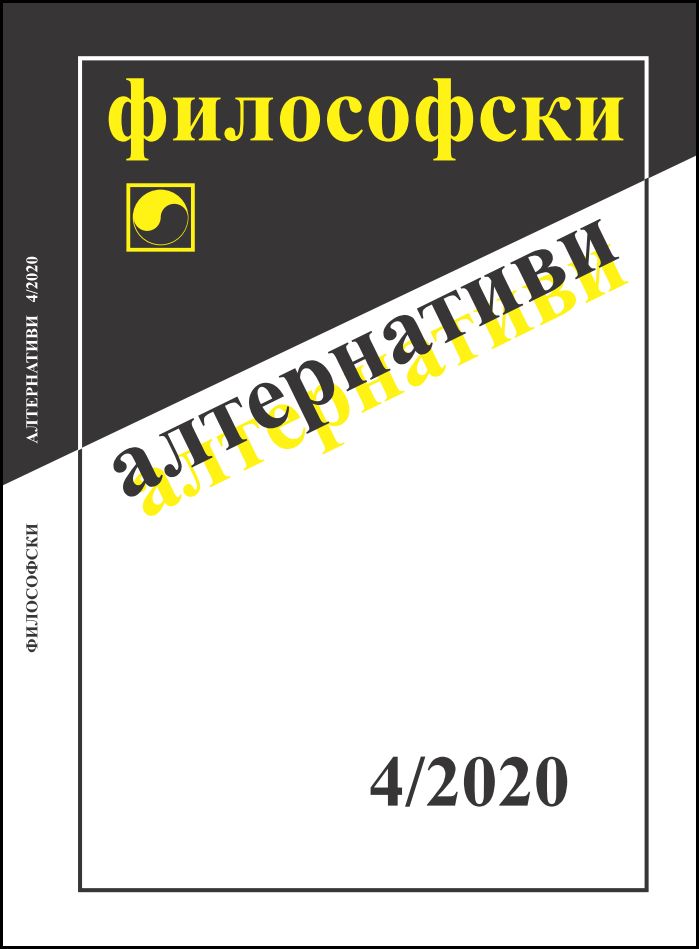Between Third and Fourth Dimensions: Sculptural Forms in Eastern Orthodox Christian Church Art
Between Third and Fourth Dimensions: Sculptural Forms in Eastern Orthodox Christian Church Art
Author(s): Liana GalabovaSubject(s): Christian Theology and Religion, Philosophy, Fine Arts / Performing Arts, Architecture, Aesthetics, Theology and Religion, Eastern Orthodoxy, History of Art
Published by: Институт по философия и социология при БАН
Keywords: sculpture; visual arts; sacred arts; hierotopy; Orthodox Church; Byzantine tradition; iconography; theology; fine art; applied art; church objects; creative process; style; art perception;three-dimensional imaging;
Summary/Abstract: Sculptural art is one of the least explored traditional expressions of Eastern Orthodox Christian spirituality. Artistic creativity in the field of carving and sculpting is an aesthetic response to particular confessional needs, and a creativity developing along discussions on church canonical and liturgical propriety of three-dimensional forms having in mind their fourth dimension as well. Sculptural church art relies on specific approaches to reflect on reality, express ideas, face religious needs, and therefore depict divine personages and sacred plots. Church blesses many forms of creation of beautiful forms representing piety, portraying saints by imagination from oral or textual descriptions, paintings or photographs, and depicting holiness even by anthropological restoration from relics. Eastern Orthodox Christian church does not fully appreciate the whole aesthetical value and meditational role of sculptured artworks to represent sacred notions as a history and invisible supernatural reality by means of decorations of high semantic quality. Therefore sculpture nowadays is incomparable with practices of other Christian religious traditions that promote artistic beauty and secular stylistics, or abolish visual material images at all. The very architectural design as church art transforms space by visual hierotopy, and the whole liturgical life in its performative scenic aspects implies mysticism represented as well in third and fourth dimensions really and not only symbolically, as cannons require from church art. Sculptural form is traditional part of appropriate temple decoration since Old-Testament times and visual antithesis to creation of idols that had been destroyed by Church through centuries. Nevertheless sculpture would not attain central or dominating role in interior decoration of Eastern Orthodox Christian Church, although its material substance and technology are more sustainable and rich in symbolism. Archaeological excavations and findings prove the aesthetic importance of imported eastern traditions of monumental stone carving and ceramics from early Bulgarian state and ecclesiastical history, and woodcarving is considered a traditional Balkan church art from late medieval period on. Adoption of Western influences in Eastern Orthodox Christian art has contributed to overcoming of aesthetical religious stereotypes by appearance of various local creative practices that reapprove the potential of sculpture as a religious phenomenon.
Journal: Философски алтернативи
- Issue Year: XXIX/2020
- Issue No: 4
- Page Range: 91-110
- Page Count: 20
- Language: English
- Content File-PDF

